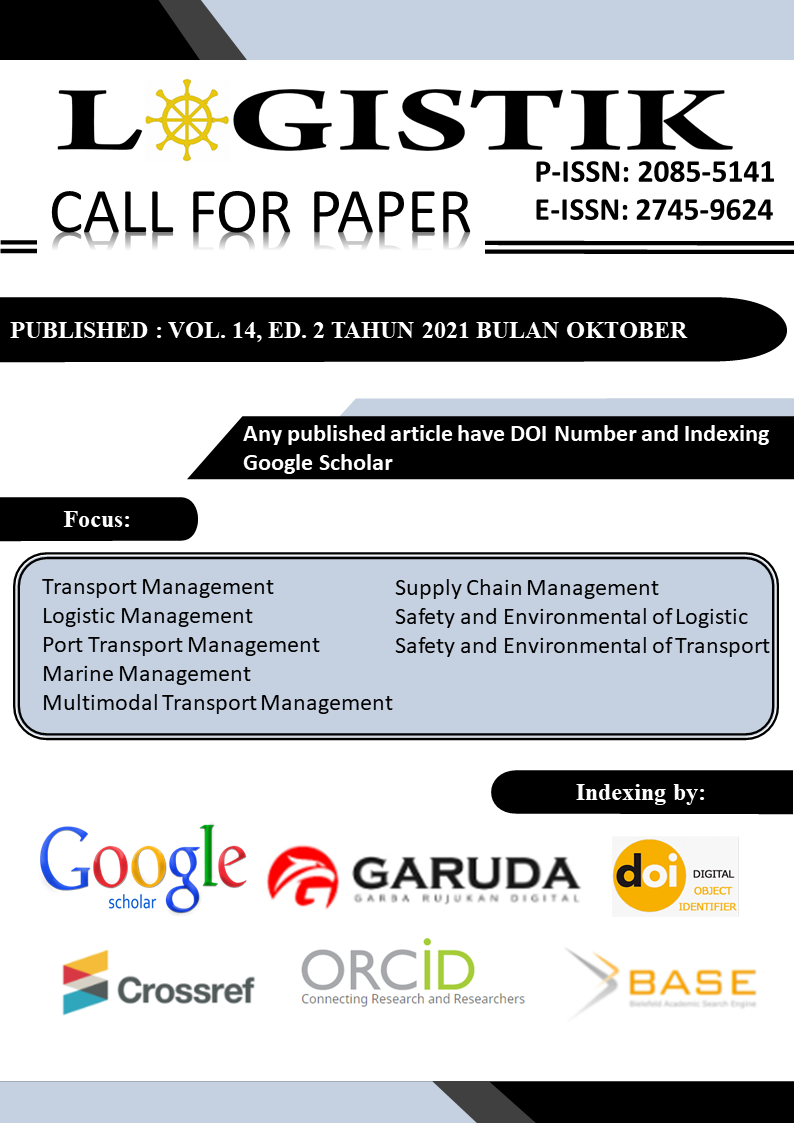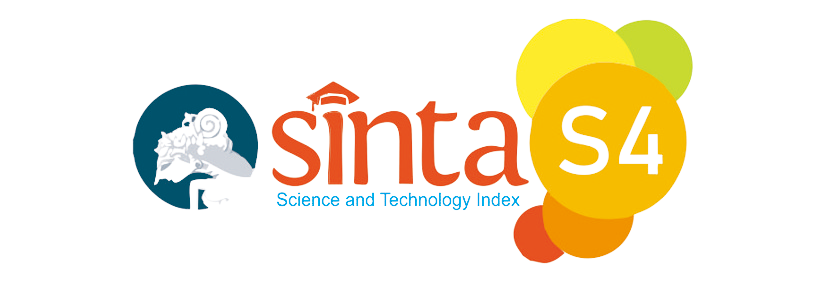PERKEMBANGAN DAN SISTEM PENGANGKUTAN LIMBAH BAHAN BERBAHAYA DAN BERACUN (B3) DI INDONESIA
DOI:
https://doi.org/10.21009/logistik.v14i2.23569Keywords:
hazardous and toxic waste, waste transportation, transportation systemAbstract
Industrial development besides having a positive impact on the economy, also has a negative impact such as the waste industry. Non-hazardous and non-toxic material waste no to be handled as strictly as hazardous and toxic material waste, although the waste industry. This issues (1) How is the development of hazardous and toxic waste transportation?; and (2) How is the hazardous and toxic waste transportation system? The response to the issues are the aims of this research. The method used is a literature study and analyzed descriptively. The results of the search for hazardous and toxic waste transportation data for the 2015–19 period and analysis shows: (1) The amount of hazardous and toxic waste in Indonesia decreasing, but the waste transportation companies increase by 40.98% (3650 waste transportation service companies) from 2589 in 2018; (2) the number of permits increased by an average of 23.58%/year; (3) the number of vehicles hazardous transporting is 8,984 vehicles or 4 times from 2015; and (5) the contributing sectors for hazardous are Mining, Energy and Oil and Gas; Manufacture; Infrastructure and Services; and Agro Industry.
Downloads
Published
Issue
Section
License
Authors who publish with this Journal agree to the following terms:
- Author retain copyright and grant the journal right of first publication with the work simultaneously licensed under a creative commons attribution licensethat allow others to share the work within an acknowledgement of the work’s authorship and initial publication of this journal.
- Authors are able to enter into separate, additional contractual arrangementfor the non-exclusive distribution of the journal’s published version of the work (e.g. acknowledgement of its initial publication in this journal).
- Authors are permitted and encouraged to post their work online(e.g. in institutional repositories or on their websites) prior to and during the submission process, as it can lead to productive exchanges, as well as earlier and greater citation of published works.
-
Users/public use of this website will be licensed to CC BY-NC-SA Creative Commons Attribution-NonCommercial-ShareAlike 4.0 International License








